A chilling simulation has revealed what would happen if the world lost all forms of oxygen for just five seconds, and while it doesn’t seem like a lot of time, the effects would be catastrophic.
Earth’s atmosphere is composed of 78 percent nitrogen and 21 percent oxygen, so while oxygen isn’t the most abundant gas in our atmosphere, that doesn’t mean it’s not important – and not just for us.
Oxygen is essential for life as we know it, but surely if it disappeared for just five seconds then we’d be still be all fine? Especially given the fact I’m sure most of us can hold our breath for more than five seconds.
Well, that couldn’t be further from the truth, as a viral simulation video has detailed what would happened to us and our planet in the event of oxygen vanishing for just that short period of time.
In a simulation uploaded by the YouTube channel ‘What If’, a narrator began by explaining how your breathing would remain normal – but everything else would change.


The simulation has shown what would happen (Getty Stock Photo)
‘Instantly collapse’
Anything made of concrete would ‘instantly collapse’ as oxygen is important in the binding process of concrete, meaning any buildings made out of the stuff would be weakened and could come crumbling to the ground.
Fused together
Any ‘untreated mental’ would also be fused together because a layer of oxidation found within metal that prevents them from welding together would be removed.


Planes would immediately drop out of the sky (Getty Stock Photo)
No-zone layer
Those out and about should expect ‘instant sunburn’ as the Ozone layer, which protects us about the sun’s incredible UV levels, would be no more as oxygen helps it run.
The simulation continues: “In addition to sunburn, our inner ear would explode. Losing oxygen means losing 21 percent of our air pressure, and losing that is the equivalent to being at sea level and dropping down 2,000 metres instantly. Our ears wouldn’t have enough time to adapt.”
It’s raining planes
There’s also no fire with no oxygen, non-electric cars would be the only vehicles running, while planes would immediately drop out of the sky.
On top of that, you’ve got the small matter of the Earth’s crust completely collapsing as it’s made up of 45 percent oxygen.
Lights out
Complete darkness would also engulf the skies. This is because in the absence of oxygen, our atmosphere stops being as good at scattering sunlight, plummeting us into darkness.
Usually, as it enters our planet, sunlight bounces off particles – including oxygen molecules, but of course, this would come to a grinding halt.
Geoffrey Widdinson, a Process Engineer from Texas, expanded on this mad scenario.
He said: “In terms of breathing, we probably wouldn’t notice. Our bodies can’t detect oxygen deficiency, we can only detect high carbon dioxide levels. As long as CO2 isn’t building up in our blood, we don’t feel like we’re suffocating.
“Actually, it would be disappointingly undramatic.
“The phenomenon of a hundred million cars stalling at once would get some attention, and people monitoring air pressure would notice the blip there, but we’d never figure out the cause and eventually just shrug it off.”
You can rest easy however, as this will never happen.
Featured Image Credit: Getty Images/DrPixel
Topics: Science, Earth, Environment, YouTube
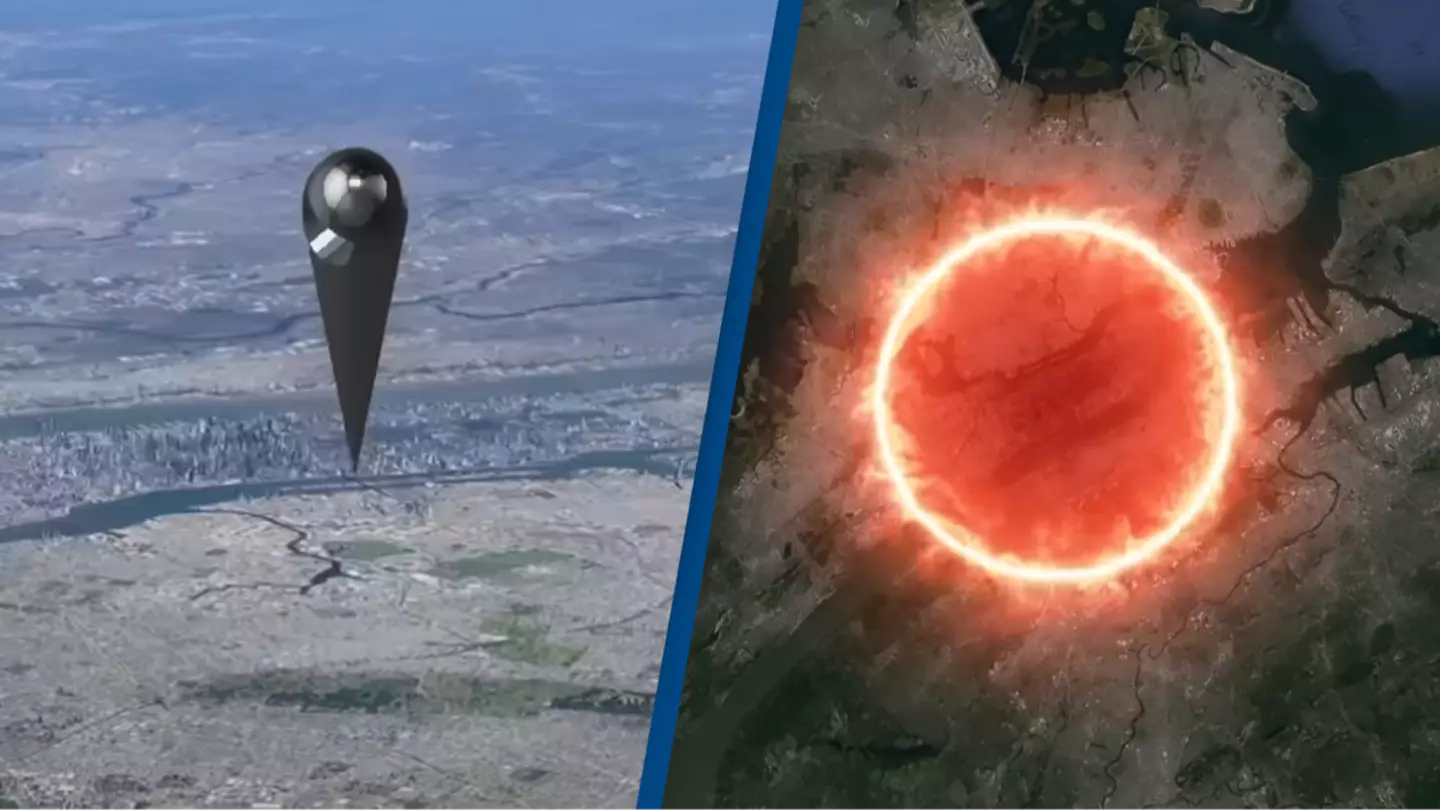

Ever wondered what would happen if a needle was to barrel into the Earth at the speed of light?
Me neither, but apparently some people have, and one even went as far as creating a simulation to show what it might look like.
The video has been created by YouTuber Ridddle, who has racked up millions of subscribers by sharing videos which educate people about real-life situations, or, as in this case, offer answers to various bizarre and concerning hypothetical questions.


Ridddle’s videos offer insights to the past and future of the Earth (Getty Stock Photo)
Ridddle’s videos include insights to what the world was likely like before dinosaurs roamed around and just how devastating humanity’s last-ever war could be.
However, the video we’re discussing today is one that questions, ‘What If a Needle Hits the Earth at the Speed of Light?’
It’s not necessarily a situation we need to worry about – we’d need someone to drop a needle from the edge of the atmosphere, and for that needle to start traveling VERY fast first – but I suppose we can’t rule anything out.
The video poses that a small sewing needle gets up to the speed of light and demonstrates what would happen if it then collided with the Earth.
Now, for full disclosure, it’s worth noting that because this probably won’t ever happen, there is no one sure outcome that will happen. Instead, there are a few possibilities of what could go down, with vastly different consequences.
According to Ridddle, the most likely option is a pretty devastating one.


Who knew a needle could do so much damage? (Getty Stock Photo)
Even a sewing needle measuring just 35mm could cause significant damage if moving at an absurdly high speed, resulting in damage similar to that caused by the so-called ‘Fat Man’ bomb that was dropped on Nagasaki, Japan, in 1945.
The impact would cause total and utter destruction to wherever it lands and the surrounding area. However, that isn’t even the most disastrous possibility.
One other potential outcome is that the needle would not explode on impact, but would instead seep into the Earth’s crust and create a hole that allows plasma to engulf the Earth in insurmountable heat.
As a result, every living thing on Earth would die before the planet itself gets torn apart and eviscerated.
That’s a cheery thought for the festive season!
Thankfully, there is one other possibility – one which we could actually survive.
The third and final potential outcome of a needle hitting the Earth at the speed of light is that, due to its shape and speed, the needle could theoretically fly straight through one side of the Earth and out the other with minimal effects on the world at large.
I guess let’s just hope that if a needle ever does manage to make its way up to the speed of light, we land on the third outcome rather than any of the others.
Featured Image Credit: YouTube / Ridddle


A mind-boggling simulation showing the impact fasting for a long period has on the body is currently going viral; however, some health experts aren’t quite so convinced.
People fast for a whole load of reasons, including religious observances, to promote weight loss, and even to improve cognitive function.
And while the idea of abstaining from food for a lengthy amount of time may seem abhorrent to some, others swear by the method and regularly incorporate it into their daily and weekly routines.
According to experts at Medical News Today, fasting can also help regulate blood sugar levels and improve insulin sensitivity when completed safely.
Fasting, however, isn’t for everyone, and it’s recommended that you seek health advice before embarking on one.
However, if you’re curious, a popular YouTube page has detailed exactly what happens to your body during a 36-hour fast—and the results are wild.


Your body goes through some mind-boggling changes if you don’t eat food for 36 hours (Getty Stock Image)
What happens to your body during a 36 hour fast?
Four hours
In a 55-second video, posted to YouTube by Wellness Wise on May 6, it’s revealed that after four hours of fasting, your body stops digesting food.
According to popular practitioner Doctor Kiltz, this is what is known as the ‘catabolic phase’.
On his website, he says this period is ‘characterized by the breakdown of larger molecules of stored energy into smaller energy molecules which are mobilized to fuel your cells’.
Eight hours
So you haven’t eaten for eight hours?
Well, this is the time when sugar starts to drop in your blood and your body begins to use stored glycogen for energy instead of relying on new fuel coming in, as per the YouTube video.
12 hours
After 12 hours, your body is depleted of glucose, causing your liver to start breaking down fat into fatty acids called ketones.
This process of turning ketones into food is known as ‘metabolic switching’ and, according to the BBC, is the reason why fasting can lead to weight loss.
.jpg)
.jpg)
Different things happen to your body the longer you abstain from food (Getty Stock Image)
16 hours
A cellular process known as autophagy takes place after 16 hours of going without food.
As per the Cleveland Clinic, this allows a cell to disassemble its junk parts and repurpose the salvageable bits and pieces into new, usable cell parts.
Dr Hiltz explains that exercise and resistance training also helps the autophagy process because if it gets disrupted, it can cause ‘problems associated with abnormal cell growth’. Yikes.
24 hours
A full day without food is a pretty long time for most, but this 24-hour mark is where major cellular repair takes place in the human body.
According to the YouTube video, which has been viewed more than eight million times, your body is fully in fat-burning mode, reducing inflammation and improving insulin sensitivity.
30 hours
The growth hormone spikes 30 hours after fasting, which reportedly helps to preserve muscle and promote fat loss.
The YouTube video also states that this is the period where ‘deep healing’ begins.
36 hours
If you fast for 36 hours then you’ve reached the stage of maximum autophagy where your body regenerates tissues and boosts your metabolism.
This full-body reset can be extended to upwards of 72 hours if you want, too.
What do researchers say about fasting?
Experts are divided on whether or not fasting is good for the body, with some claiming a lack of human-backed studies renders making conclusions difficult.
“There [are] a lot of proposed benefits to [running on fats]. But a lot of the research hasn’t really [been borne out in] human beings. So we don’t see dramatic health benefits, certainly in the short term,” James Betts, professor of metabolic physiology at the University of Bath, told The Guardian.
Meanwhile, studies have also found that people who regularly fast more than 16 or 18 hours a day have a higher risk of gallstones, as per News In Health.
Other potential fasting side effects include intense hunger and food cravings, various digestive issues, irritability and low moods. Mark Mattson, a Johns Hopkins neuroscientist, argues that there are a myriad of benefits that come with fasting.
“Many things happen during intermittent fasting that can protect organs against chronic diseases like type 2 diabetes, heart disease, age-related neurodegenerative disorders, even inflammatory bowel disease and many cancers,” he says.
Remember, everyone reacts differently to fasting—so it’s worth checking with your medical professional before taking part in the practice.
Featured Image Credit: YouTube/Wellness Wise
Topics: Food and Drink, Health, Science, YouTube


There’s clearly a reason people wear spacesuits when they go into space and, well, a YouTube video has proven just how crucial an item they really are.
While you may’ve gotten away with wearing the wrong sort of trainers if you forgot yours on sports day, or still been able to go swimming in shorts if you forgot your swim costume, the same certainly can’t be said when it comes to hopping into a spacecraft and heading into outer space.
Granted, NASA nor any other major space agency would ever send someone up to do things in space without a spacesuit however, if you had ever wondered what could happen to an astronaut should they enter space without a specially designed fit?
Well, it’s not pretty.

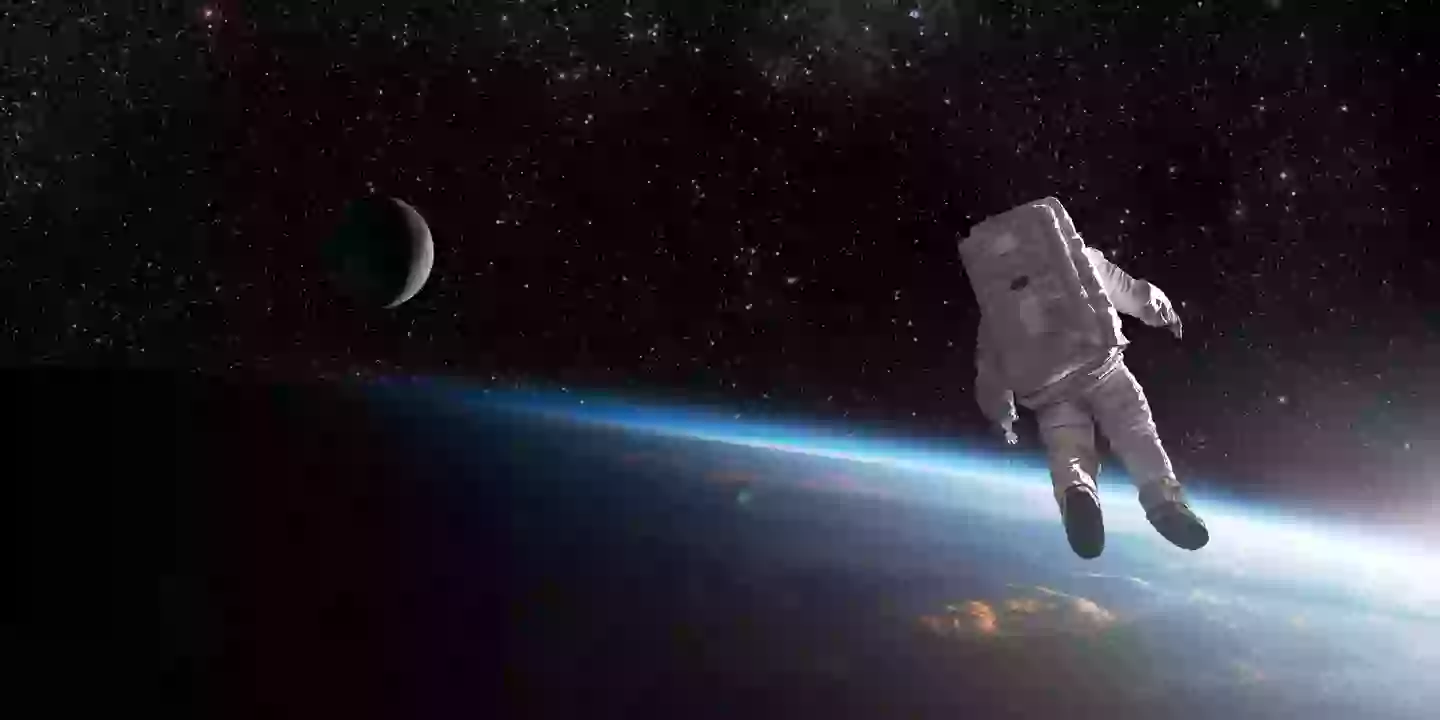
If you fancy going up into space, you’ll definitely need one of these… (Getty Stock Image)
A video created by DG EYE science on YouTube shows the scary details of what would happen if you’re ‘accidentally thrown out of your spacesuit’.
Not a really relatable situation for most of us, but it’s quite interesting as it’s not what you might expect – although, you would definitely die.
The video explicitly said you wouldn’t explode, so you can throw that concern out the window (or airlock).
But depending on how you feel about your death, you might actually prefer it.
Rather, in the first few seconds, the gases in your body ‘will start to expand’ and the air in your lungs ‘will cause your lung tissue to rupture’.
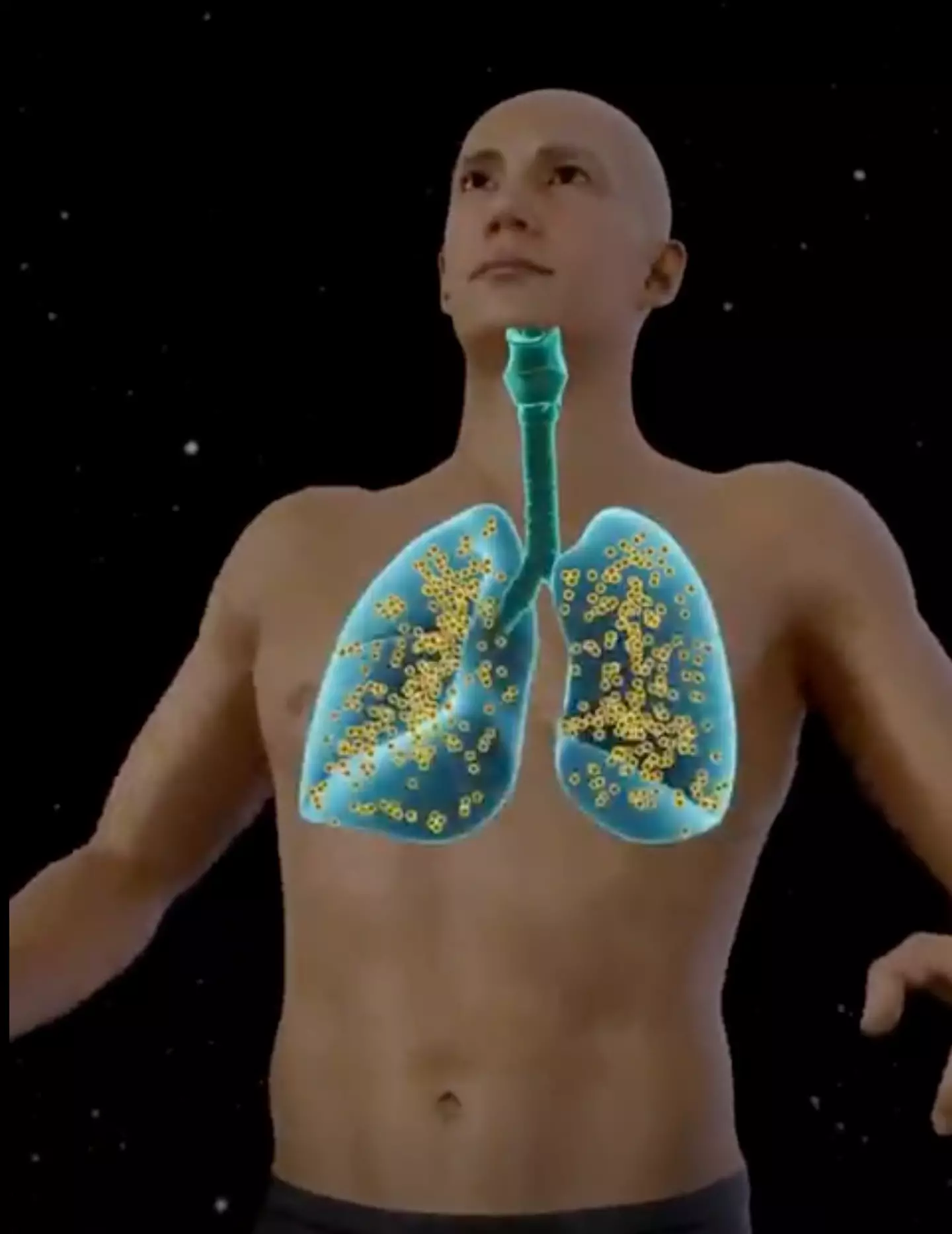

A situation you hope to never EVER be in (YouTube/@dgeye)
Then, within five seconds, the ‘water on the surface of eyes, skin and mouth’ start to evaporate, and the water in your blood ‘starts to boil’.
The simulation then shows the body swelling and becoming bigger, almost like a big human balloon, as the skin ‘is elastic and strong enough to withstand pressure’.
Then, after blacking out, the heart eventually ‘slows down and stops’ before you would ‘die of asphyxiation’, with the video showing the body turning grey.
According to Popular Science, an astronaut who is exposed to a space vacuum would experience their blood vaporising, along with the water in their body, in just 10 seconds.


The body begins to expand (YouTube/@dgeye)
They would then lose consciousness in 15 seconds as their body expands and lungs collapse.
The unlucky astronaut would be paralysed, or more likely dead, in 30 seconds, most likely dying of asphyxiation or decompression.
As one user commented: “Enlargement of body parts? Say no more.”
“Props to the guy who went to space for us to know all this,” another added.
If you’d like to see more of these terrifying simulation videos, there’s also a clip showing the gory details of what would happen if you were to fall into a jet airplane engine.
The freak accident ordeal begins with a human figure being sucked into the engine before quickly disintegrating into small red particles – like you’ve dropped a big tomato into a food processor.
Unsurprisingly, the close-up shots show just how fast death would arrive for the unlucky victim, as there really isn’t much left of the animation within a couple of seconds.
Happy thoughts, happy thoughts…
Featured Image Credit: YouTube/@dgeye
Topics: International Space Station, Space, Health, YouTube, Social Media, Viral, Science
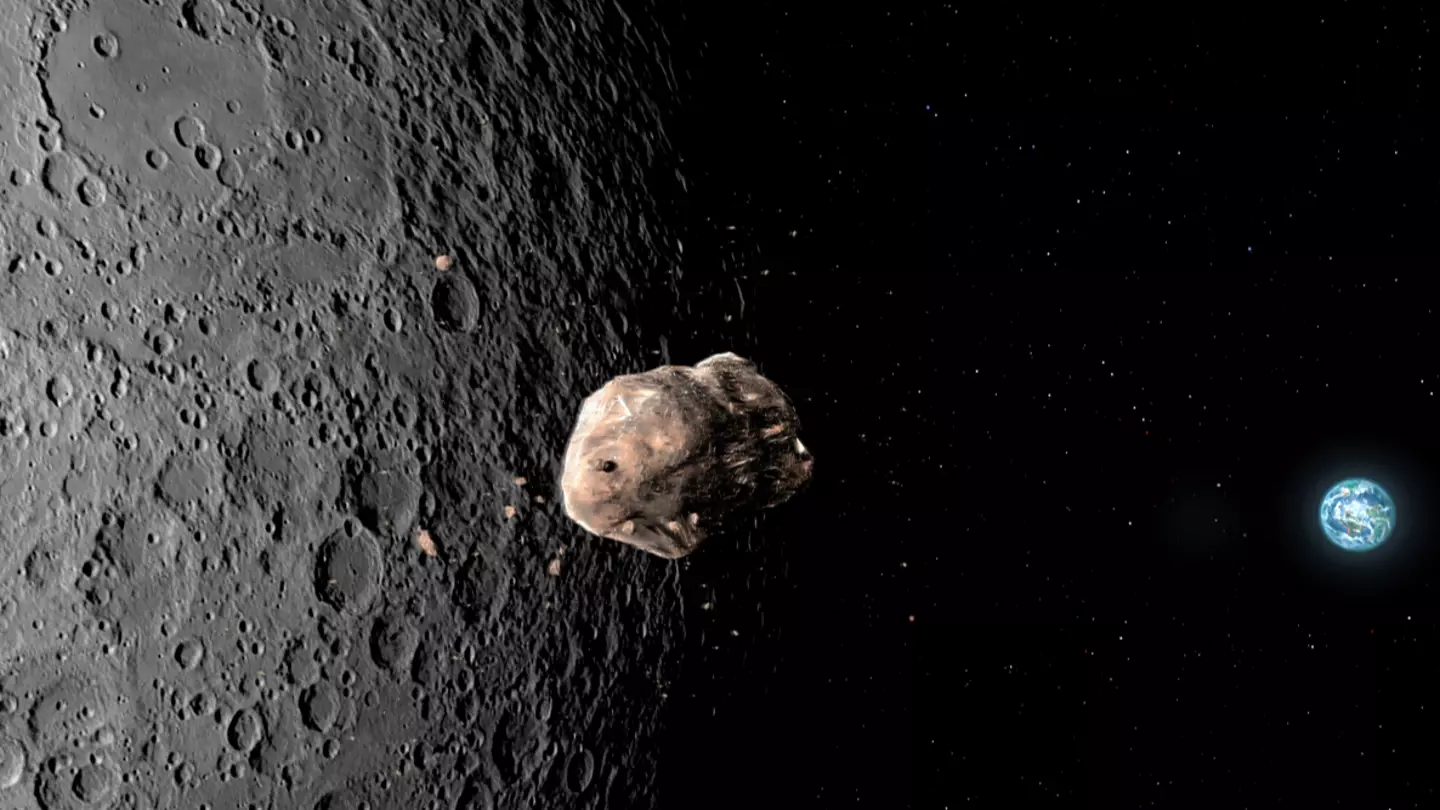

An expert has revealed the impact it would have on us if the ‘city destroying’ asteroid ‘2024 YR4’ hit the Moon instead of our planet.
Earlier this month, scientists over at NASA increased the likelihood of Asteroid 2024 YR4 colliding from 1.2 percent to 2.3 percent.
Experts say the asteroid could come plummeting into the Earth on December 22, 2032.
Reports suggest it could be as big as the Statue of Liberty, so it’s important scientists tread carefully when it comes to how’s best to approach things.
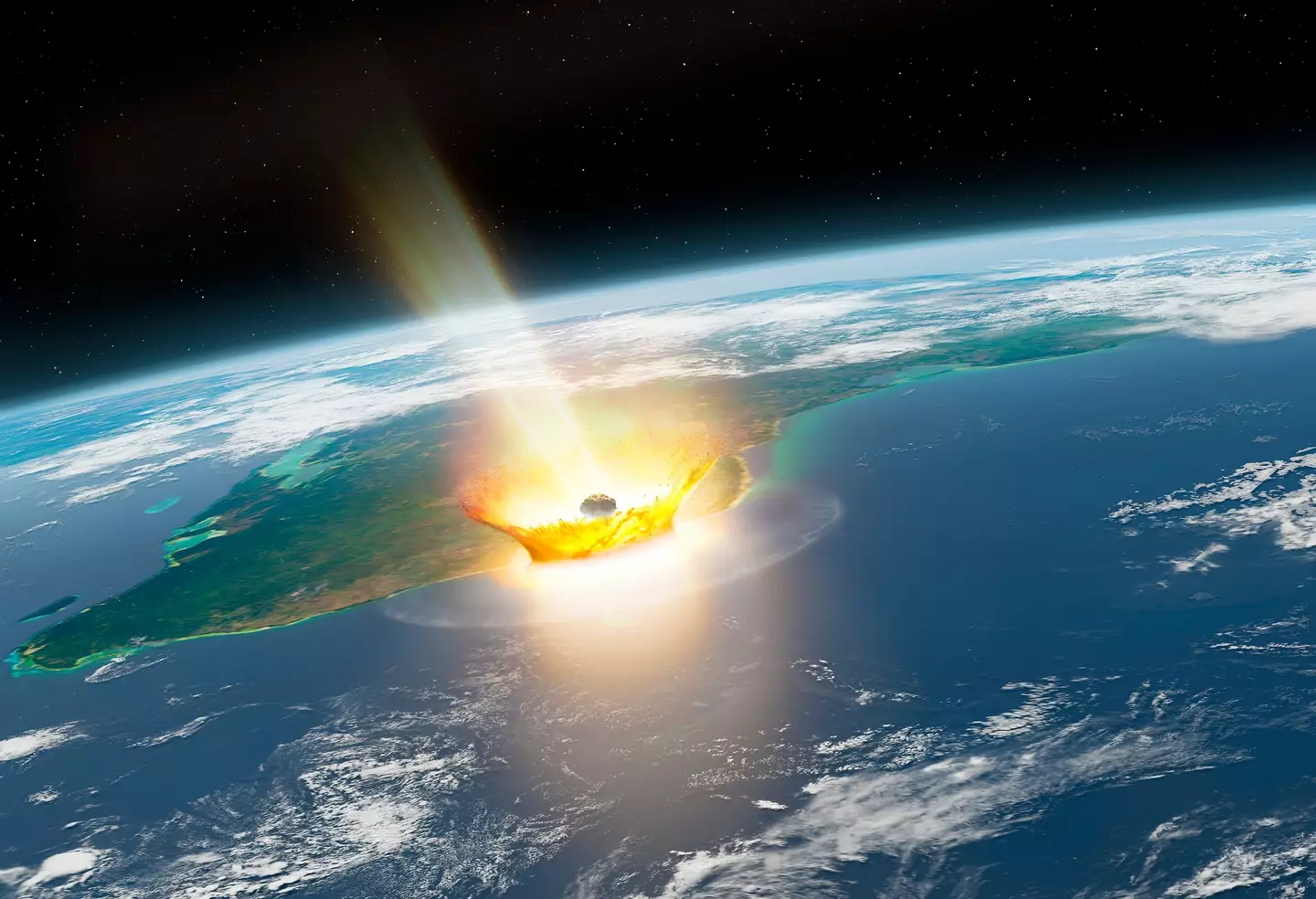

The ‘city destroyer’ may hit in just under eight years (Getty Stock Photo)
But scientists have now also warned there’s a chance 2024 YR4 could collide with the Moon.
David Rankin, who works as an operations engineer for the University of Arizona’s Catalina Sky Survey, has said there’s a 0.3 percent chance the asteroid could hit the Moon.
And if that unlikely collision was to occur, the impact it would have on us is actually minimal.
“There is the possibility this would eject some material back out that could hit the Earth, but I highly doubt it would cause any major threat,” Rankin told New Scientist.
While Gareth Collins, of Imperial College London, added: “We would be quite safe on Earth. Some small ejecta fragments might reach Earth, but [would be] totally harmless.”
These would ultimately burn up in the atmosphere, according to the expert – meaning no harm done for us on Earth.
Meanwhile, Dr Robin George Andrews previously warned that even protecting ourselves from the asteroid’s impact could go wrong.
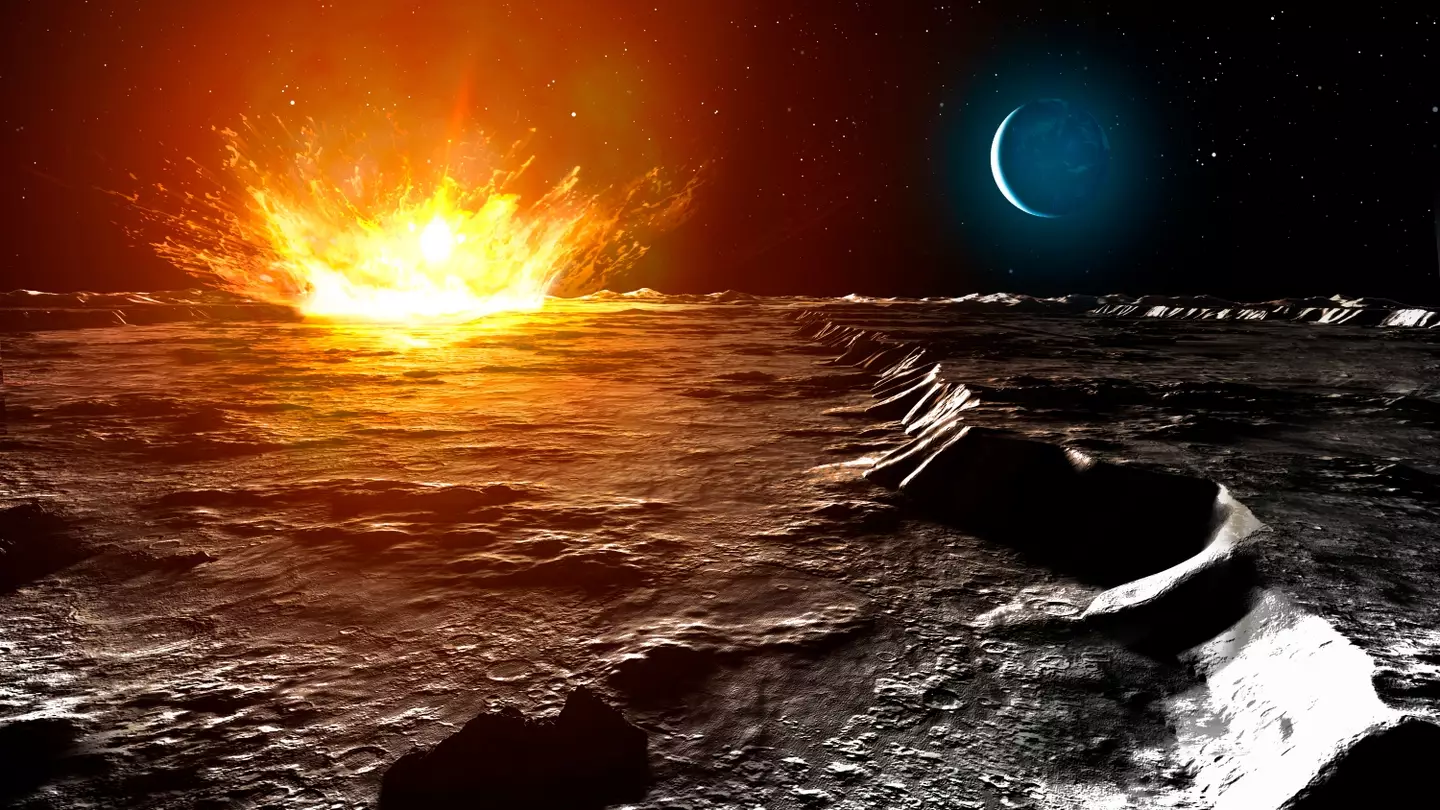

There’s a chance the asteroid could collide with Earth (Getty Stock Photo)
On Twitter, the expert referred to the Double Asteroid Redirection Test (DART), a mission dedicated to investigating and demonstrating one method of asteroid deflection by changing an asteroid’s motion in space through kinetic impact.
“Nobody wants to accidentally ‘disrupt’ an asteroid, because those components can still head for Earth. As I often say, it’s like turning a cannonball into a shotgun spray,” Andrews said.
“But we aren’t going to see it again until another Earth flyby in 2028. So much could go wrong if we try and hit it with something like DART.
“It may be smaller, or larger. If it’s too big, we may not be able to deflect it with one spacecraft. We’d need several to hit it perfectly, all without catastrophically breaking it.”
As for where it’ll hit the Earth, Rankin mapped out a ‘risk corridor’, predicting it to collide anywhere around northern South America, across the Pacific Ocean, southern Asia, the Arabian Sea, and Africa.
That would mean that India, Pakistan, Bangladesh, Ethiopia, Sudan, Nigeria, Venezuela, Colombia, and Ecuador would be at risk of taking the brunt of the impact.




